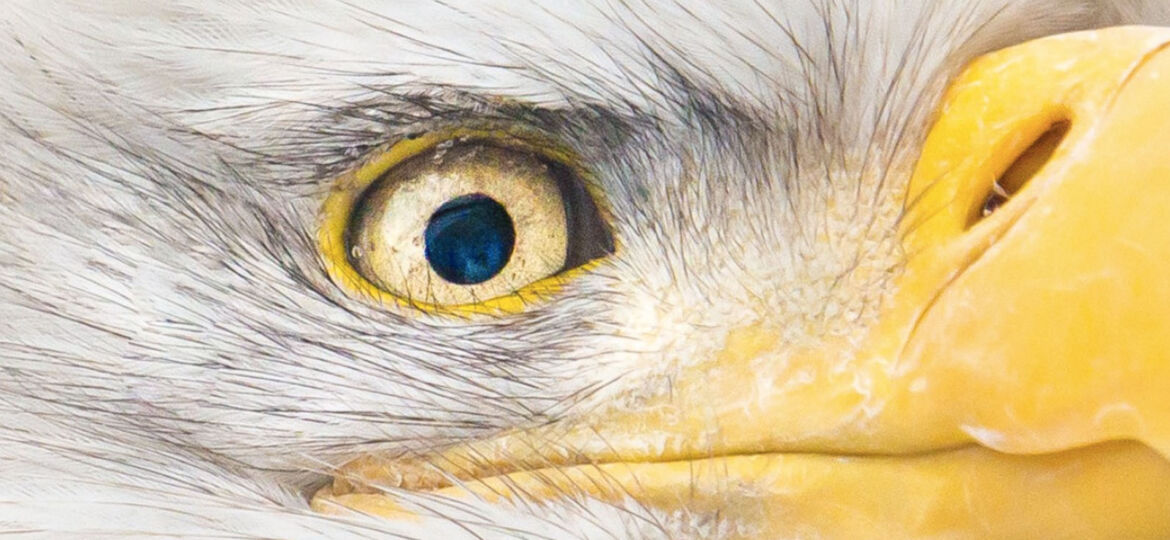
WHY THIS MATTERS IN BRIEF
There are plenty of devices today that are too small, or lack the computing power to accommodate a traditional camera, new micro-cameras overcome all those issues.
It seems that you can’t go anywhere nowadays without a camera tracking you but as ubiquitous as they are they still have one design “flaw” that’s been present since they were first invented back in the 1800’s. They’re great at focusing on one area and one area alone, and their peripheral vision, and their ability to pull it into focus, and analyse it or use it, sucks.
That’s great news for people who are trying to hide but it’s not so great news if you’re taking family photos, or trying to watch people, say for example, in airports. But now a new breakthrough looks like it’s fixed the issue.
Last week scientists in Germany announced that they’d managed to 3D print different camera lenses, and they published their work in Science Advances. I know what you’re thinking, big whoop, 3D printing lenses isn’t anything new, and you’d be right. But these lenses are smaller than the width of a human hair and printed right onto a microchip.
They’re so small in fact that they give micro-cameras a whole new meaning, and they’re a perfect size to be attached to drones, insect cyborgs and one day, your smartphone, and anywhere else you need small cameras. Think endoscopes, think robots and cars, think spy kits – the sky’s the limit. Think satellites.
“Our system is the only one in the world where you can put different optic systems on one imaging sensor that is very small,” says study author Alois Herkommer, an applied physicist at the University of Stuttgart in Stuttgart, Germany, “the advantage of doing this by 3D printing is that each of these lenses can be different, so you can do many different things at a time.”
The new camera’s multi-lens design gives it vision similar to that of a flying predator, leading researchers to dub it the “Eagle Eye” camera. The lens in the center lets you to resolve high levels of detail far out in the distance, while other lenses pick up a wide range of peripheral vision at a lower degree of resolution.
The result is an image, or video stream, that blurs out around the edges like a glamour shot and some of the benefits of the design include the ability to dramatically reduce the amount of computer power needed to resolve images while the quick and detailed detection of objects in the center of the field will do the trick for things like surveillance drones, or medical instruments checking what’s inside our body.
Meanwhile the cluster of cameras would allow robots to maintain some level of awareness of their surroundings while devoting most of their computing power to the task at hand – just as an eagle has to stay aware of threats all around her while using most of her brain power to focus sharply on her target.
The camera is still in its prototyping stage and far from commercial production because, for one thing, it takes hours for a 3D printer to “write” on the micro scale with high accuracy, says Herkommer.
“But people are working to make this faster and doing it in parallel. So we think this will be a trend for the industry as well,” he says, and the team’s vision is to make the camera even smaller.
“Right now it’s a commercial imaging sensor, so it has electronics and cables around it,” says Herkommer, “but in principle, the technology is ready to really make a sensor plus optics plus battery very very small, like one by one by one millimetre, and this opens the door to put increasingly sophisticated imaging systems into more and more places such as surveillance systems and even robot arms.”
















